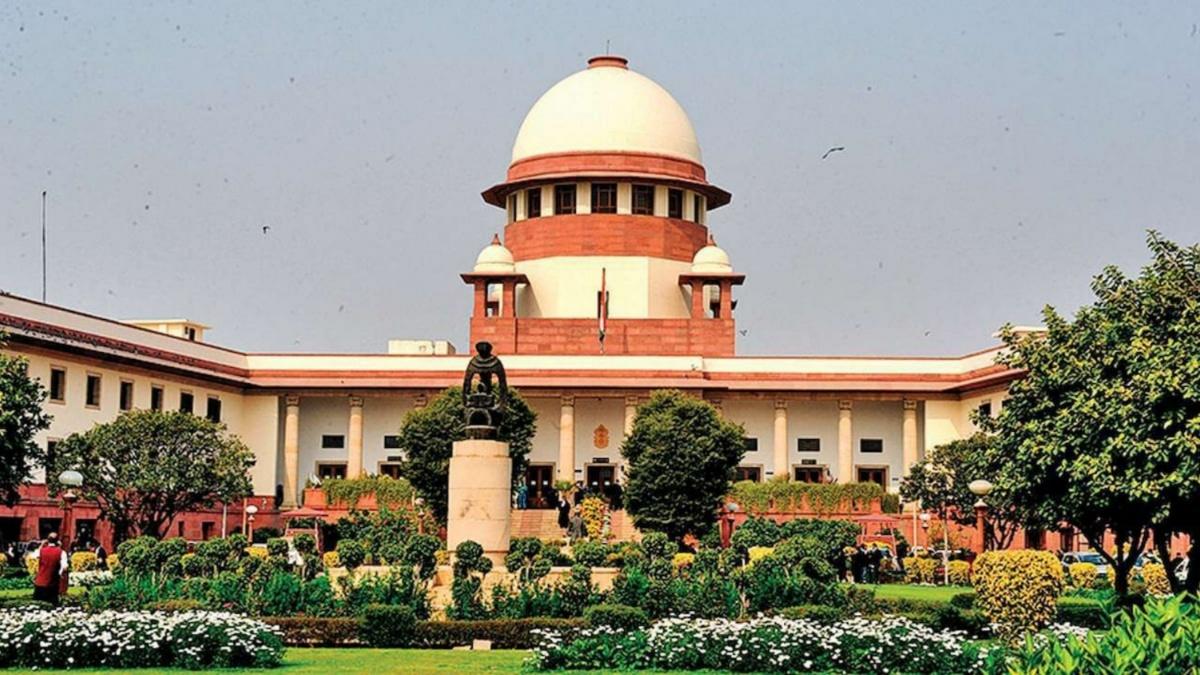
The Supreme Court of India has decided to postpone the hearing of a set of petitions relating to the effects of electromagnetic radiation generated by mobile phone towers. The case arose from appeals against a Rajasthan High Court judgment that upheld a government notification requiring a minimum distance of 500 meters between mobile towers and schools, playgrounds, hospitals, and other sensitive locations. Let’s delve into the essential intricacies surrounding this case
Senior Advocate Stresses Balance in Mobile Usage
During the hearing before Justices AS Bopanna and MM Sundresh, Senior Advocate Dr. Abhishek Manu Singhvi emphasized the importance of balance. While acknowledging that living without mobile phones may be ideal, Singhvi proposed that society should aim to live with fewer mobiles rather than banning towers and hindering technological progress. He also pointed out that the exposure limits set by the Inter-Ministerial Committee were ten times more stringent than the standards recommended by the World Health Organization (WHO).
Insufficient Awareness of Health Hazards, Argues Advocate
Advocate Prashant Bhushan, representing certain respondents, raised concerns about public awareness regarding recommended limits and potential health hazards associated with excessive cell phone usage. Bhushan cited at least 50 scientific papers and reports from the parliamentary standing committee that highlighted harmful biological effects caused by mobile towers. He argued that the public in India is not adequately informed about these risks.
Further Hearing Scheduled for September 5, 2024
The Supreme Court listed the matter for further hearing on September 5, 2024. In a lighthearted remark, Justice Bopanna suggested that lawyers opposing mobile towers should deposit their mobile phones before presenting their arguments.
Background of the Case
The case revolves around the state government of Rajasthan’s consideration of the recommendations made by the Inter-Ministerial Committee regarding the installation of mobile towers near schools, colleges, playgrounds, hospitals, and within 500 meters of jail premises. Consequently, the government framed bye-laws on August 31, 2012, in accordance with these recommendations. Cellular Operators of India filed writ petitions before the High Court seeking to quash these bye-laws.
Furthermore, a writ petition was filed in the public interest by Justice I.S. Israni (Retd.) and Smt. Nirmala Singh, urging the Central and State Governments to establish a regulatory body to address the emission of radio frequency and electromagnetic radiation. The petition also sought to prevent respondents from increasing tower capacity and granting licenses to operate towers in residential areas, as it poses risks to public health and safety.
Arguments from the Department of Telecommunications and Cellular Operators
The Department of Telecommunications (DoT) and the Cellular Operators Association of India (COAI) argued that radiation from mobile phones and base transceiver stations falls under the non-ionizing category, which is considered harmless as it cannot break molecular bonds. They referred to various studies conducted by the WHO and the International Commission on Non-Ionizing Radiation Protection (ICNIRP), which found no direct evidence linking radiation exposure from mobile towers to adverse health effects.
They informed the court that the DoT has adopted the ICNIRP guidelines for limiting electromagnetic field (EMF) emissions from mobile towers. Mobile service providers must adhere to these norms without exception, as any transgression beyond the prescribed limits on EMF radiation levels can result in severe repercussions, including the potential shutdown of their operational sites.
Rajasthan High Court’s Decision
The Rajasthan High Court held that the model bye-laws established by the state government cannot be considered arbitrary or whimsical. The court found that these bye-laws were based on the report of the Inter-Ministerial Committee, which considered various research work, studies, and recommendations from the Government of India, DoT, and Ministry of Environment and Forests (MOEF).
Additionally, the court acknowledged that an increased number of mobile towers may pose risks to health and lower the frequency. It suggested that respondents could install towers in safer locations with permission granted, allowing them to continue their business operations.
In conclusion, the Supreme Court has recognized the need for further deliberation on the petitions concerning the effects of electromagnetic radiation from mobile phone towers. While the court adjourned the matter to September 5, 2024, it remains committed to addressing the health hazards associated with mobile tower radiation while balancing the needs of communication and technological advancements.













